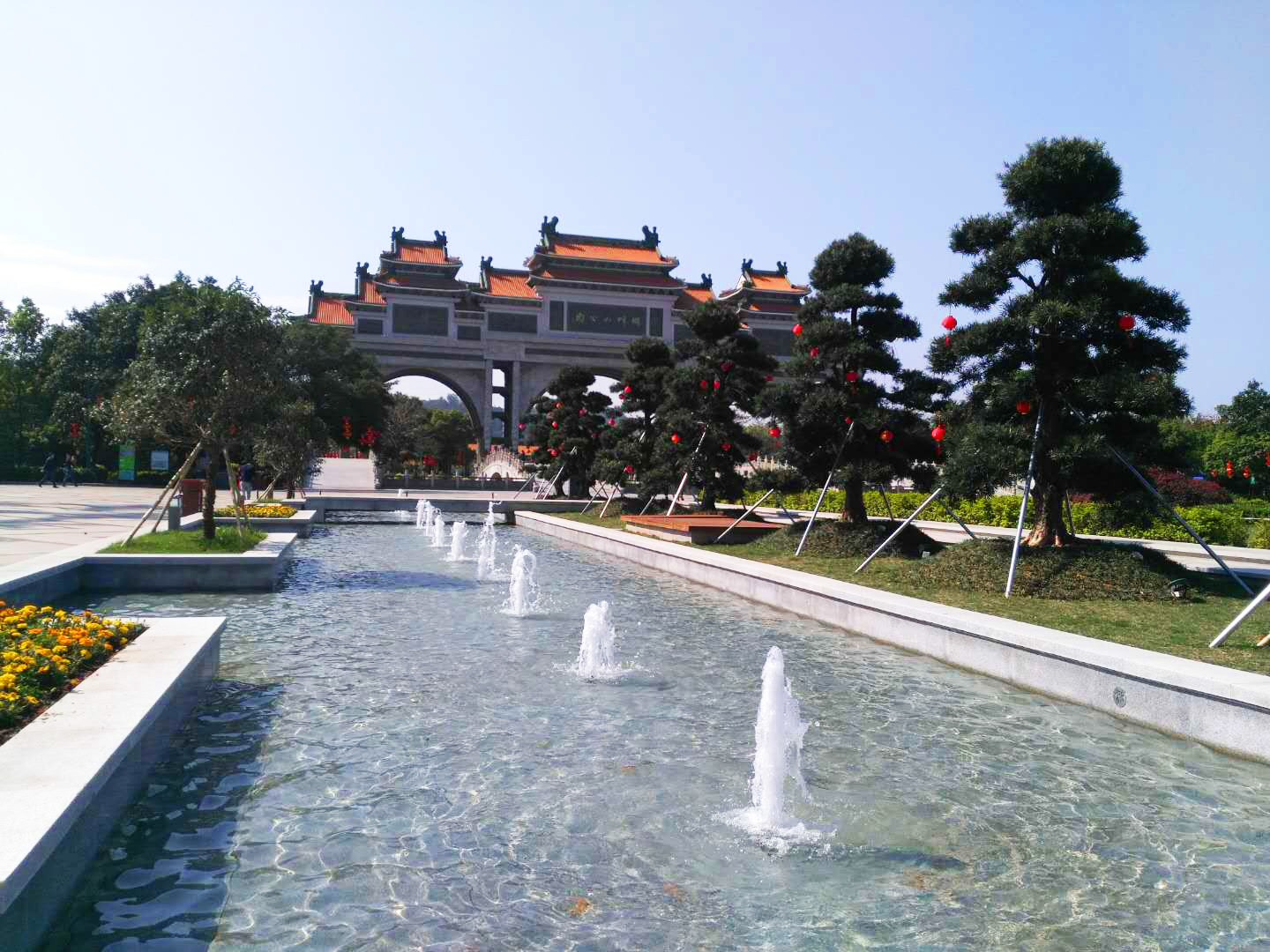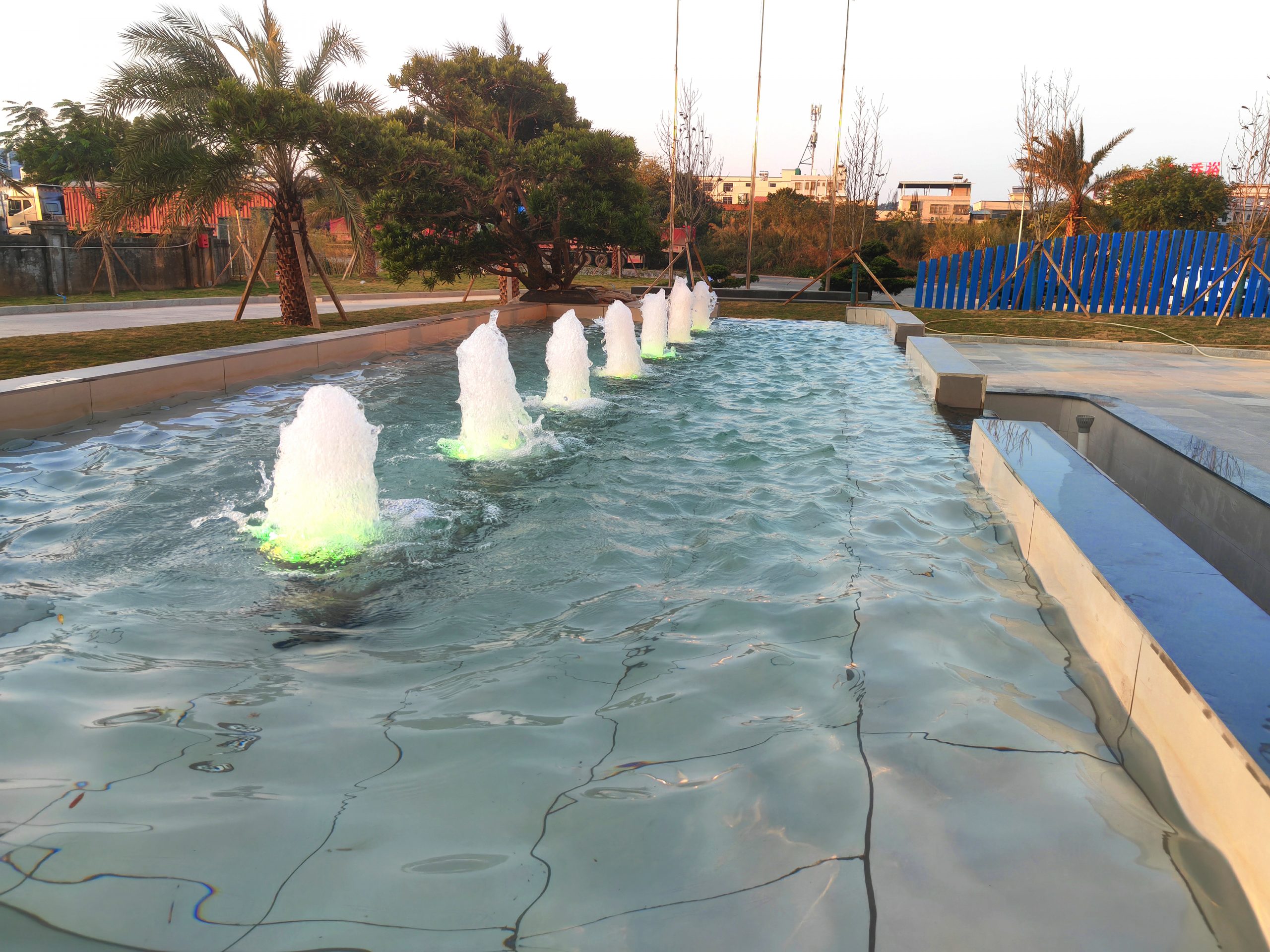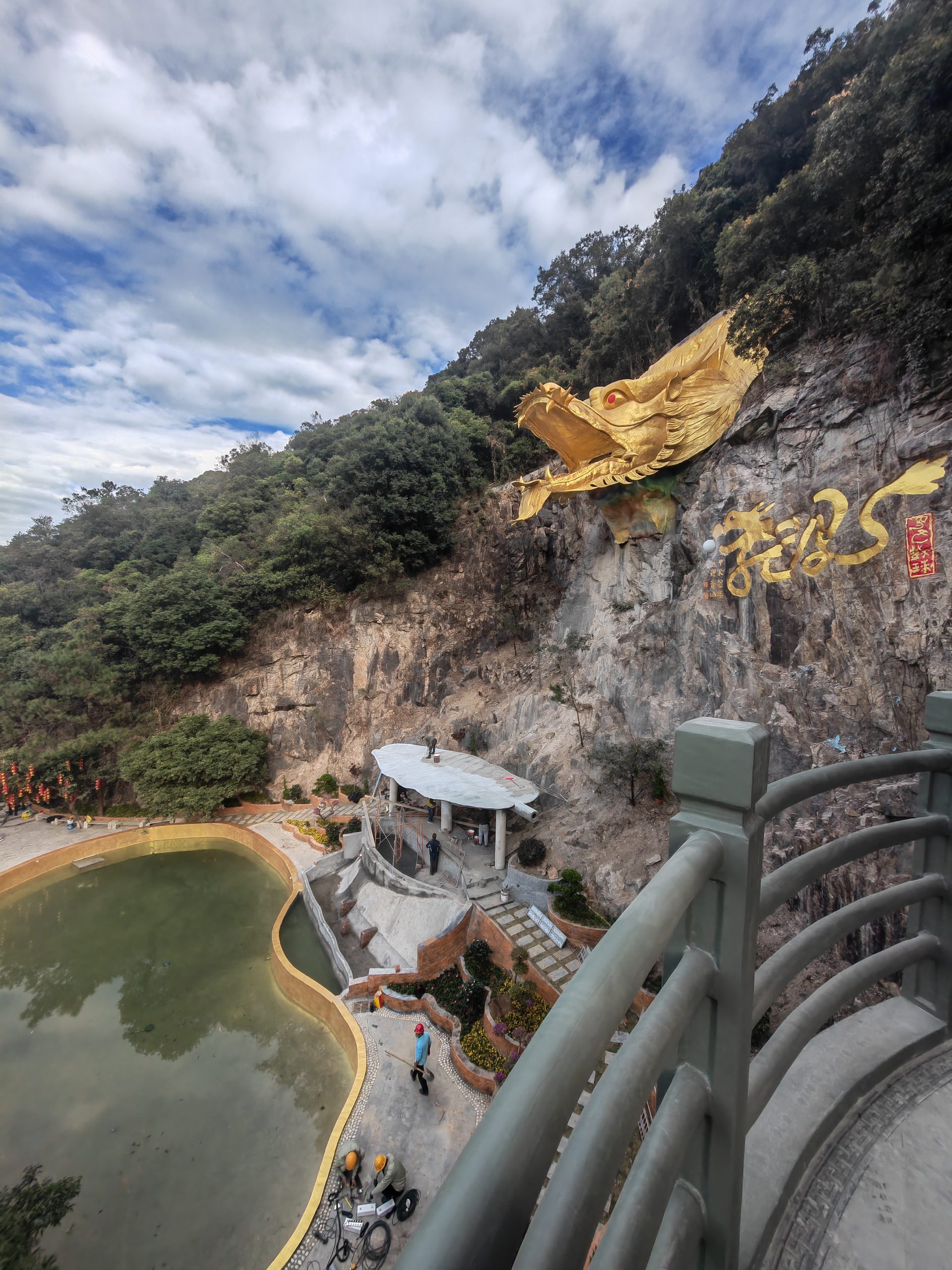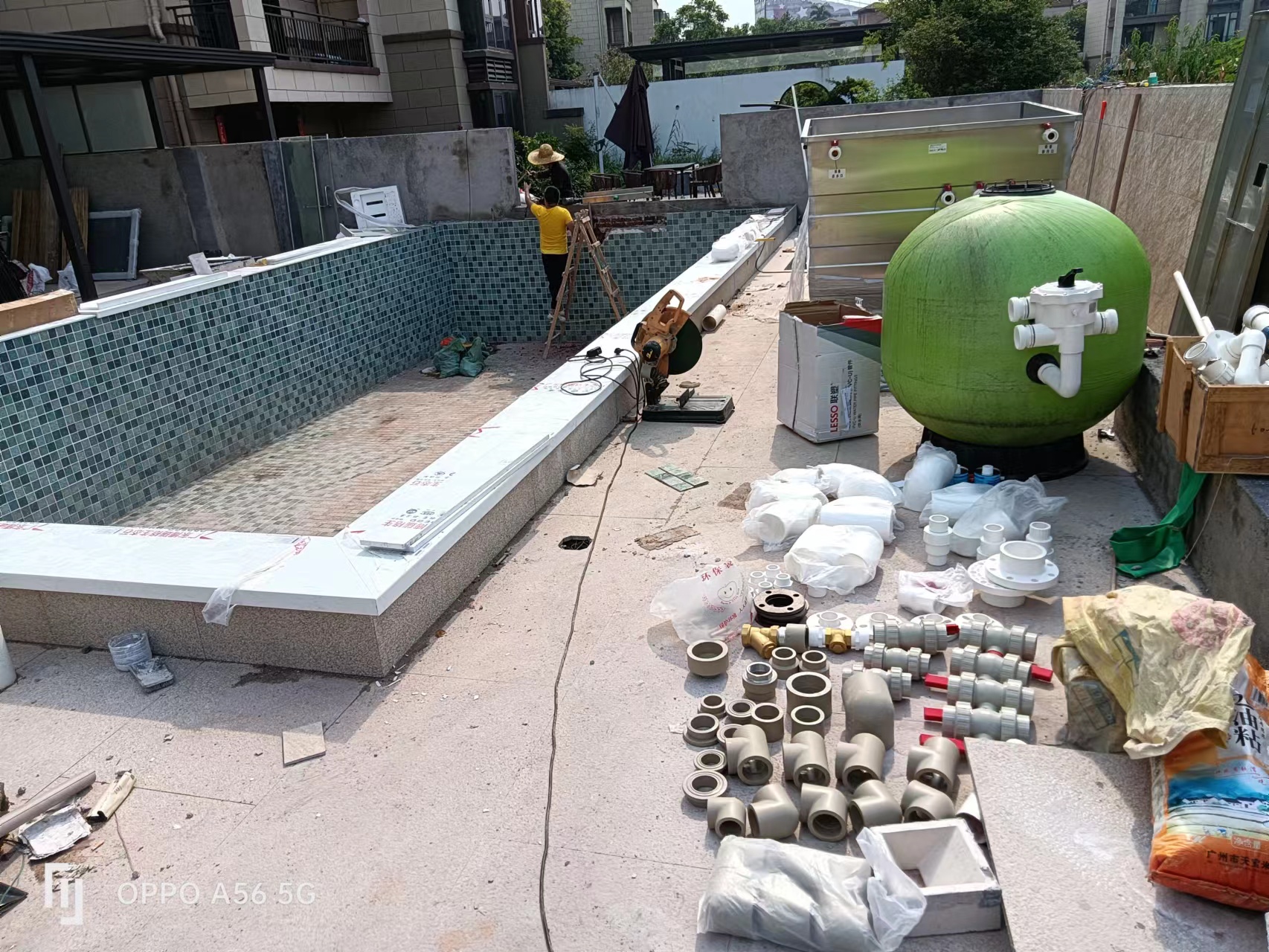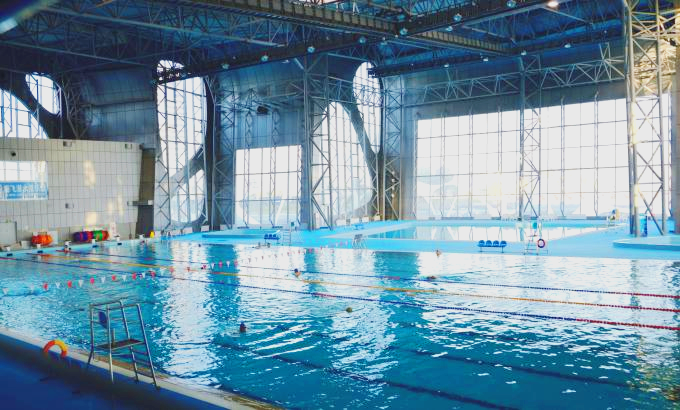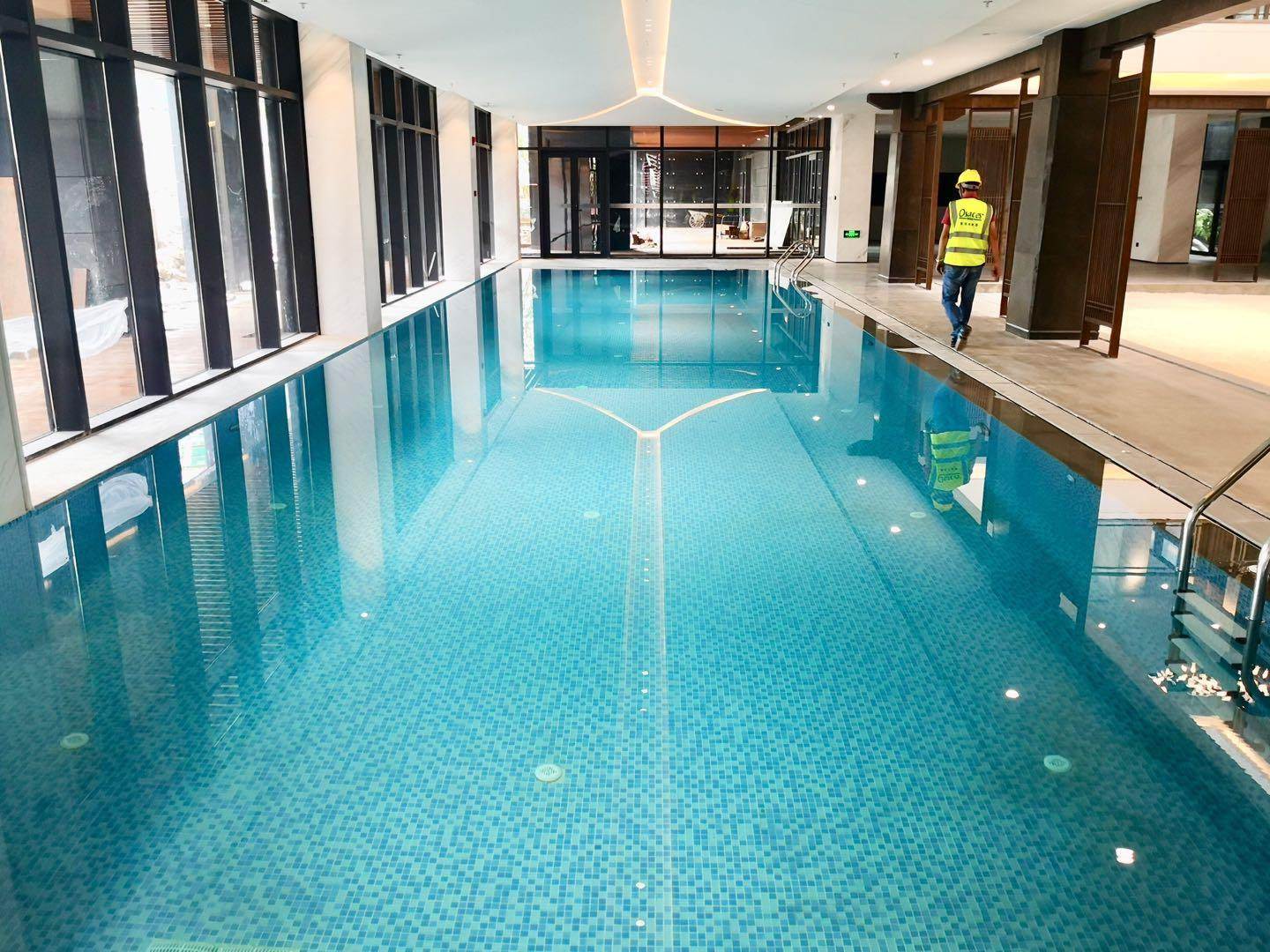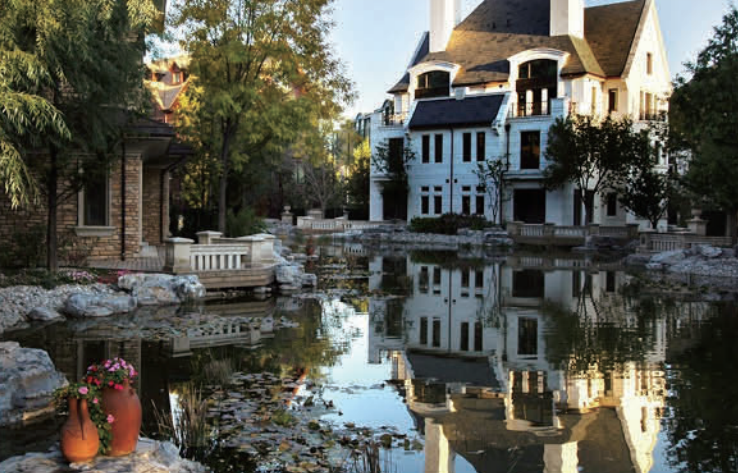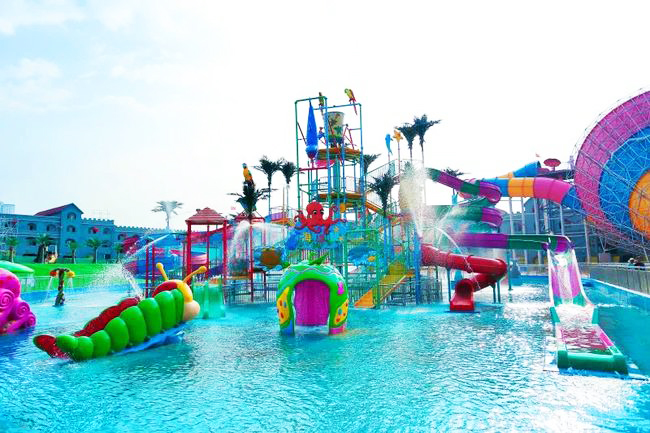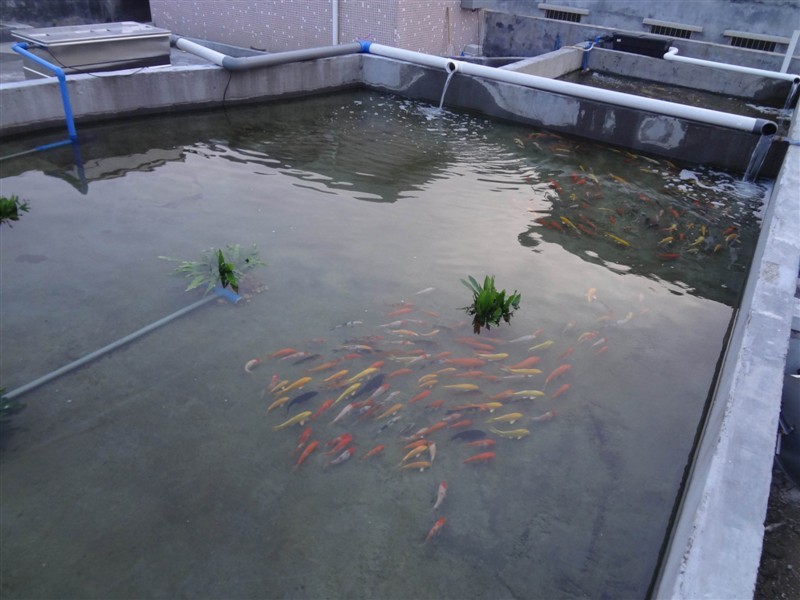common problems
contact details
 Ollies (Guangzhou) Recreation and Sports Equipment Co.
Ollies (Guangzhou) Recreation and Sports Equipment Co.Tel: (020) 82686289
Fax: 020-82694853
Headquarter: No.31-37, Xincun 2 Road, Shangjiang North Street, Dongzhou Village, Xintang Town, Zengcheng City, Guangzhou, Guangdong, China
fig. beginning / /
Pool without fish = no filtration? 3 major misconceptions that 90% people have stepped on, #2 is so anti-common sense!
Article source: Ollies (Guangzhou) Recreation and Sports Equipment Co., Ltd Popularity: (Click 1,902 times) Service Hotline: (020)82686289
The need for a filtration basin for a pool that does not support fish depends on the purpose of the pool, water quality requirements, and maintenance goals. Here are some key considerations and recommendations:
1. Is a filter tank required?
- Landscape Pools/Decorative Pools::
If the focus is on aesthetics (e.g., clear water, prevention of algae growth), theRecommended to install a filtration system.. Even in the absence of fish, fallen leaves, dust, and algae spores can still affect water quality. - Cisterns/irrigation ponds::
If used primarily for water storage, filtration needs are low, but simple filtration devices (e.g., screens) can be installed to intercept large particles of contaminants and prevent clogging of pipes. - natural pool::
If natural balance is sought, plant purification (e.g., reeds, water lilies) can be used in place of mechanical filtration, but sediments need to be cleaned regularly.
2. Role of filtration systems
- Removal of impurities: Filters leaves, sediment, and suspended matter to keep water clear.
- Inhibition of algae: Algae blooms are reduced by circulation and UV Clarifier.
- Reduced maintenance: Reduce the frequency of manual cleanups and extend water change intervals.
- Enhancing Security: Prevent mosquito breeding or bacterial contamination (especially in pools where children may come into contact).
3. Recommended filtering schemes
A. Basic filtration (low-cost, low-maintenance)
- mechanical filtration::
- utilization Skimmers (Skimmer) Collection of water surface floaters.
- mounting Strainers or settling tanks Intercepts larger particles.
- vegetative filtration::
- Plant aquatic plants (e.g., water hyacinth, bromeliads) to absorb nutrient salts and inhibit algae.
- devise Bog Filter Area (Bog Filter), allowing the water to flow through the plant's root system to purify it naturally.
B. Advanced filtration (efficient water quality management)
- Sand Tank Filter::
Suitable for small to medium sized pools, retains impurities through quartz sand and requires regular backwashing. - UV Clarifier::
Kills algae spores and bacteria, works better with circulation pumps. - Integrated filtration systems::
Integrated mechanical, biological and chemical filtration modules for landscape pools with high water quality requirements.
4. Design elements
- recirculating water: Install pumps to ensure water movement and avoid stagnant areas.
- filtration capacity: Select the filter flow rate according to the pool volume (1/2 to 1 times the total amount of circulating pool water per hour is recommended).
- Ease of Maintenance: Reserve cleaning port or backwash pipe for daily maintenance.
5. Alternatives to unfiltered
- Regular water changes: Manual cleaning of the bottom of the pool and frequent replacement of part of the water (suitable for very small pools).
- chemical treatment: Use algaecides or clarifiers, but be aware of the risk of chemical residues.
- ecological balance: Self-purification systems through fish (e.g., mosquito-eating fish), snails, or microorganisms.
Summary of recommendations
- Small landscape pool: Choose an integrated filter or swamp filtration with a UV sterilizer.
- Large water reservoirs: Installation of a primary screen and settling tank is sufficient.
- natural pool: Rely on plant purification and regular manual cleaning.
Depending on the specific needs and budget, a properly designed filtration system can significantly enhance the practicality and aesthetics of your pool. If you still have questions, we recommend consulting a professional water feature designer for customized program planning.
Keywords for this article::
Related content
- Homeostatic regulation of fish pond water quality: a systematic solution based on nitrification kinetics and nutrient thresholds
- Koi Pond Maintenance and Protection Guide during the Rainy Season | The Veteran Driver's Handbook of Dampness and Disease Prevention
- Pool water circulation system maintenance guide, goodbye to cloudy water quality to create four seasons of translucent "liquid sapphire".
- From zero to professional: a complete guide to pool equipment configuration that even a beginner can understand
- The Golden Ratio of Swimming Pool Ventilation and Dehumidification Systems: The Balancing Act of Airflow, Humidity and Energy Consumption
- Specific benefits of dehumidifiers for new swimming pools
- Industrial solutions for fish pond water quality management: How to break through the bottleneck of traditional operation and maintenance of filtration systems?
Previous article:"Raising koi water quality is always cloudy? Filter cotton cleaning gold frequency + 3 major misunderstandings, 90% novice are stepping on the pit!"  
Next Article:The more you wash the filter, the dirtier it gets? Raising koi ten-year veteran pro-test: this wash, the water quality is as stable as an air pool!
